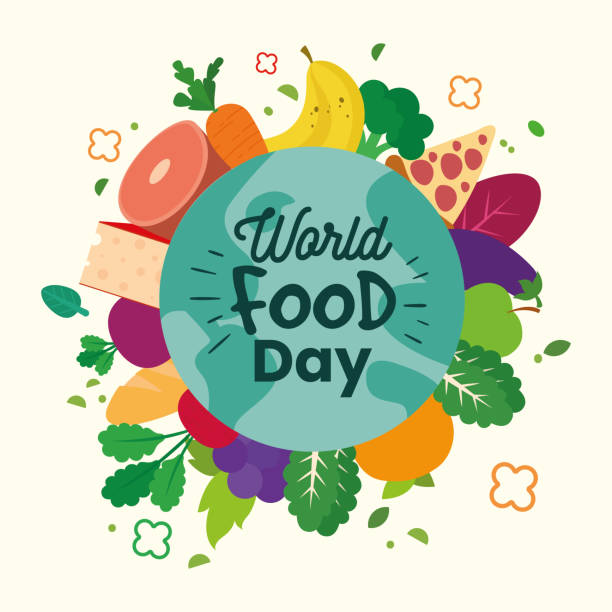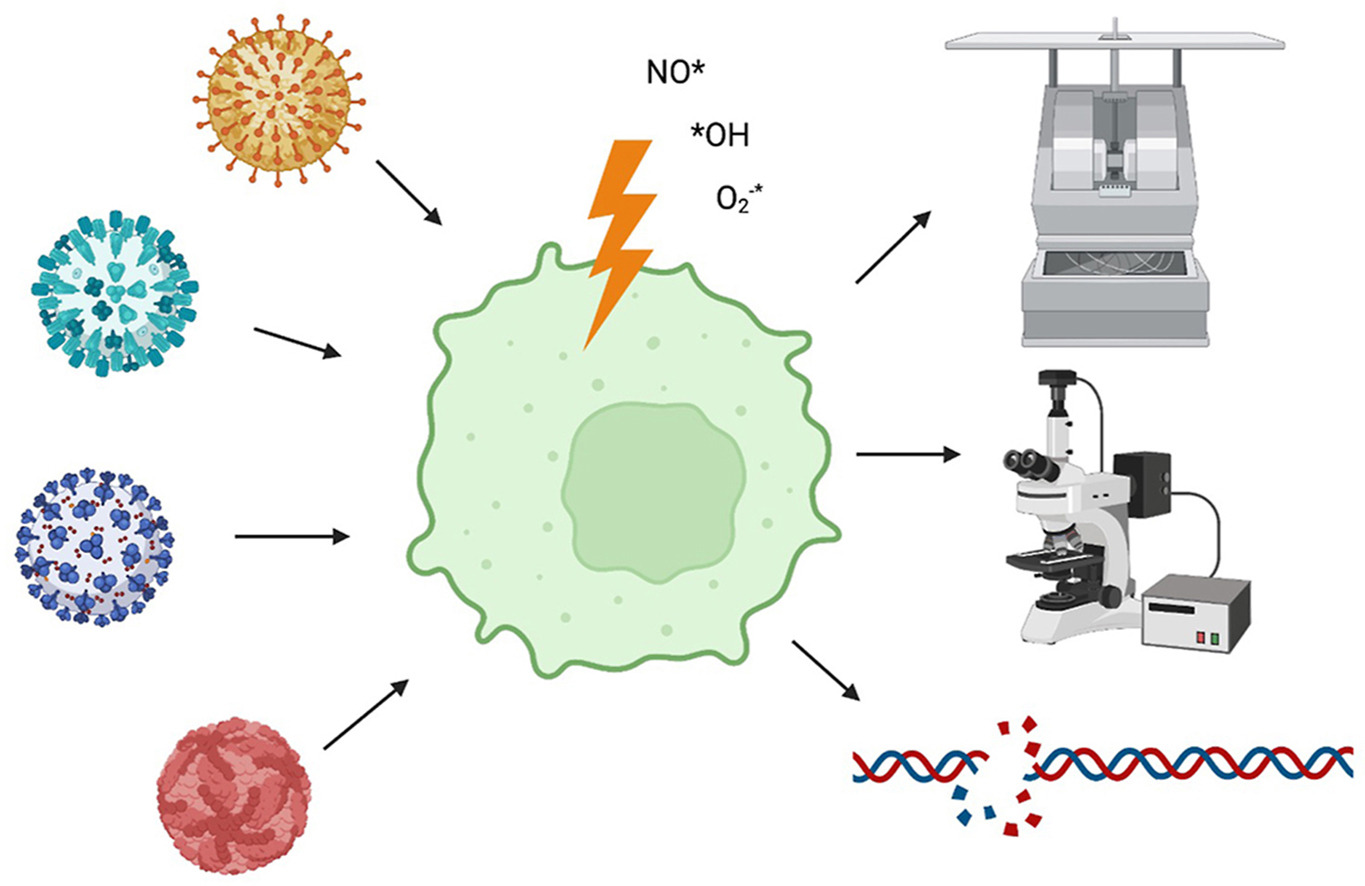Present Knowledge in Food Safety: A Risk-Based Approach through the Food Chain, Volume 1, 1 January 2022
This chapter outlines some key aspects of disability studies and considers how this strongly emerging field is intersecting with scholarship and activism across many varieties of neurodivergence.
During the past 20 years, more and more autistic people have been reaching out and forming connections, creating community, and discovering our own styles of autistic togetherness.
This chapter discusses an “Equalities Design” approach that informs and guides my practice as a designer. Using the frame of post-normative equity, I have been developing Equalities Design tools, methods and approaches that interrogate and queer normative (including neuronormative) assumptions in order to create alternative bodymind explorations and experimental outputs.




